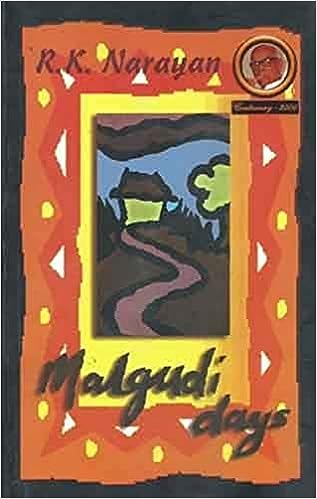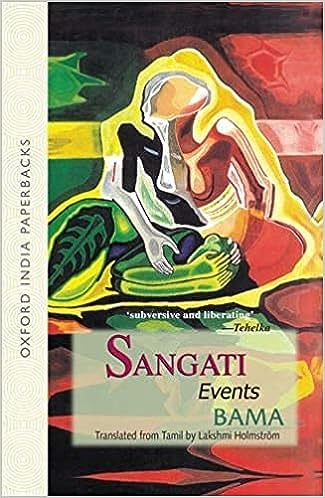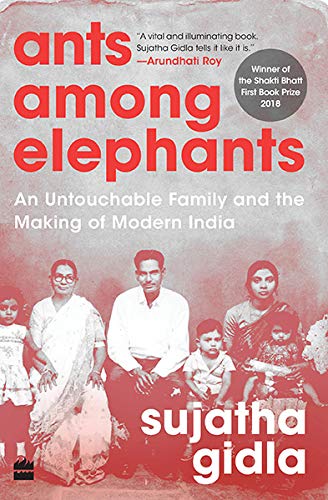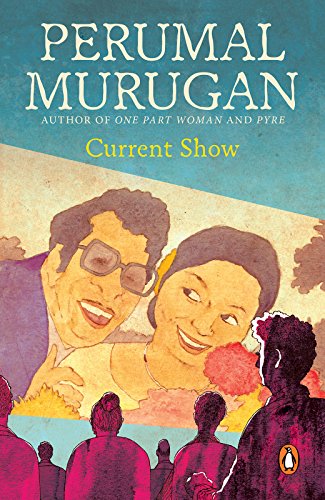It’s impossible to come up with a comprehensive list of books about India– so this is not that. We have brought to you a round-up that is indicative of the diversity that the country represents.
What would be on your list of books on India? Let us know!

Here is our list of favourite books about India:
The Shadow Lines (1988) by Amitav Ghosh
“This is how language should be used… This is how a novel should be written,” is how legendary Indian author Khushwant Singh described Amitav Ghosh’s story about events that shaped the subcontinent converging in ways not easy to decipher. Perhaps, most importantly, the novel is about language itself— how it shapes love, memory and trauma.
Explained | The Opium Wars: Why Amitav Ghosh calls opium ‘an incredibly powerful agent in history’
Malgudi Days (1943) by R K Narayan
This is not just a collection of short stories, it’s an emotion. Several generations of Indians have grown up with the townsfolk of Malgudi, shared their hilarious adventures and also their deepest worries and dilemmas. And thanks to Shankar Nag’s brilliant TV adaptation from 1986, there’s more than one way to get lost in this world!
 Malgudi Days by R K Narayan. (Photo: Amazon)
Malgudi Days by R K Narayan. (Photo: Amazon)
No Guns at My Son’s Funeral (2005) by Paro Anand
A heart-wrenching story of how a young boy gets caught up in the web of militancy in Kashmir Valley, and the circumstances that make people susceptible to choosing the path of violence. Anand’s prose is full of warmth, while never shying away from showing the world as it is— a balancing act that makes this book worth a read for every young Indian.
Sangati (1994; translated from Tamil by Lakshmi Holmström) by Bama
Bama’s novel should be mandatory reading to understand how caste, patriarchy and rape culture intersect. Her hard-hitting and simple language help the reader in a deeper understanding of the fact that terms like ‘Brahmanical patriarchy’ and ‘rape culture’ arise from lived experiences of people, and not confined to academic texts.
 Sangati by Bama. (Photo: Amazon)
Sangati by Bama. (Photo: Amazon)
The Surveyor (2014) by Ira Singh
A family drama interlaced with a very specific part of India’s history which does not get talked about a lot? A narrator with a love for writing and for one niche subject (cartography) which ties her to her father and all he represented? This book has all of this, and more. Perfect for an introspective mood (with a cup of coffee, of course!)
Untouchable Spring (2010; translated from Telugu by Uma Alladi and M Sridhar) by G Kalyan Rao
Spanning several generations, Rao’s seminal text on how caste reshapes itself throughout decades, how its violence transcends religion, and why marginalised sections of society take up arms as part of their struggles. Bleak but also hopeful, this immersive novel will stay with you a long time after you put it down.
Don’t Run My Love (2017) by Easterine Kire
Highly recommended for those seeking an introduction to literature from North-East India, or for those looking for a quick, but beautiful read. Kire has mastered the art of ending chapters at just the right moment— which means it’s practically impossible to put the book down!
Everybody Loves a Good Drought (1996) by P Sainath
A landmark work on rural India, which comprises Sainath’s ground research from the most interior parts of the country. Backed by data and narratives from the grassroots, this will help in formulating an understanding of a majority of India’s population, people whose stories are mostly overlooked by mainstream media.
Around India in 80 Trains (2011) by Monisha Rajesh
If you are a big fan of the Indian Railways, or if trains represent the sense of adventure and curiosity for you, Rajesh’s personal spin on Jules Verne’s Around the World in 80 Days is bound to make you a happy reader. You will also enjoy it if you’re looking for a quirky memoir or an offbeat travelogue.
Victory City (2023) by Salman Rushdie
Rushdie’s latest novel is about a real-life South Indian empire, Vijayanagara, narrated as a fictional epic written by Pampa Kampana, princess and poet. Featuring his usual genre of magical realism, it explodes into focus one major theme running through all his works: the power of stories and storytelling, both as tools to build and weapons to destroy.
River of Fire (1959; translated from Urdu by the author) by Qurratulain Hyder
Set across four eras of the Indian subcontinent, Hyder’s historical novel takes the reader through the history of the region and explores why it came to be divided the way it was. As relevant today as it was when first published, Aag Ka Dariya stands as a testimony to the people of the subcontinent, and the emotions governing their geopolitics.
 River of Fire by Qurratulain Hyder. (Photo: Amazon)
River of Fire by Qurratulain Hyder. (Photo: Amazon)
Delhi: A Soliloquy (2010; translated from Malayalam by Fathima E V and Nandakumar K) by M Mukundan
A look into the lives of Delhi’s Malayali community and how their stories shaped the national capital, Mukundan’s novel is considered a contemporary classic in Malayalam literature. Set across India’s various crises in the second half of the 20th century, the book is even more special if you belong to a migrant family that settled in Delhi.
Ants Among Elephants: An Untouchable Family and the Making of Modern India (2017) by Sujatha Gidla
A memoir chronicling Gidla’s maternal family, the book will make the reader uncomfortable and increasingly furious as they realise the long way India still has to travel in order to become a truly equal and inclusive society. In her portrait of a tight-knit family, Gidla skilfully portrays how the personal is indeed political.
Most Read 1Chandrayaan-3 mission: Dawn breaks on Moon, all eyes on lander, rover to wake up 2As Indo-Canadian relations sour, anxiety grips Indian students, residents who wish to settle in Canada 3Karan Johar says Sanjay Leela Bhansali did not call him after Rocky Aur Rani: ‘He’s never called me but…’ 4Gadar 2 box office collection day 40: Hit by Shah Rukh Khan’s Jawan onslaught, Sunny Deol movie ends BO run with Rs 45 lakh earning 5Shubh’s tour in India cancelled: Why is the Canada-based singer facing the music? Ants Among Elephants by Sujatha Gidla. (Photo: Amazon)
Ants Among Elephants by Sujatha Gidla. (Photo: Amazon)
Current Show (1993; translated from Tamil by V Geetha) by Perumal Murugan
Murugan’s second novel arose out of his own life— like the protagonist of Nizhal Mutram, he too used to help his father run a soda stall near a movie theatre. Written in a style which mimics the fast-paced movement of Indian cinema, the book deals with the “shadow businesses” of film culture, and how people involved in them survive.
 Current Show by Perumal Murugan. (Photo: Amazon)
Current Show by Perumal Murugan. (Photo: Amazon)
Apart from these 14 books, we also have a bonus recommendation: The Discovery of India (1946) by Jawaharlal Nehru.
Also ReadRomila Thapar: ‘Majoritarianism can easily become – and often does — an a…Education Minister launches comic book to sensitise adolescents on holist…'The Hero of Tiger Hill': Book tells story of India's youngest Param Vir …Khalistan movement has gotten nowhere despite Pakistani support, explains…
India’s first prime minister, who described himself as “a dabbler in many things”, pens down a history of people of the subcontinent, and also discusses their potential problems as citizens of an independent nation. Written at the brink of historical change, this is worth checking out to retrospectively examine all that unfolded after Independence.


